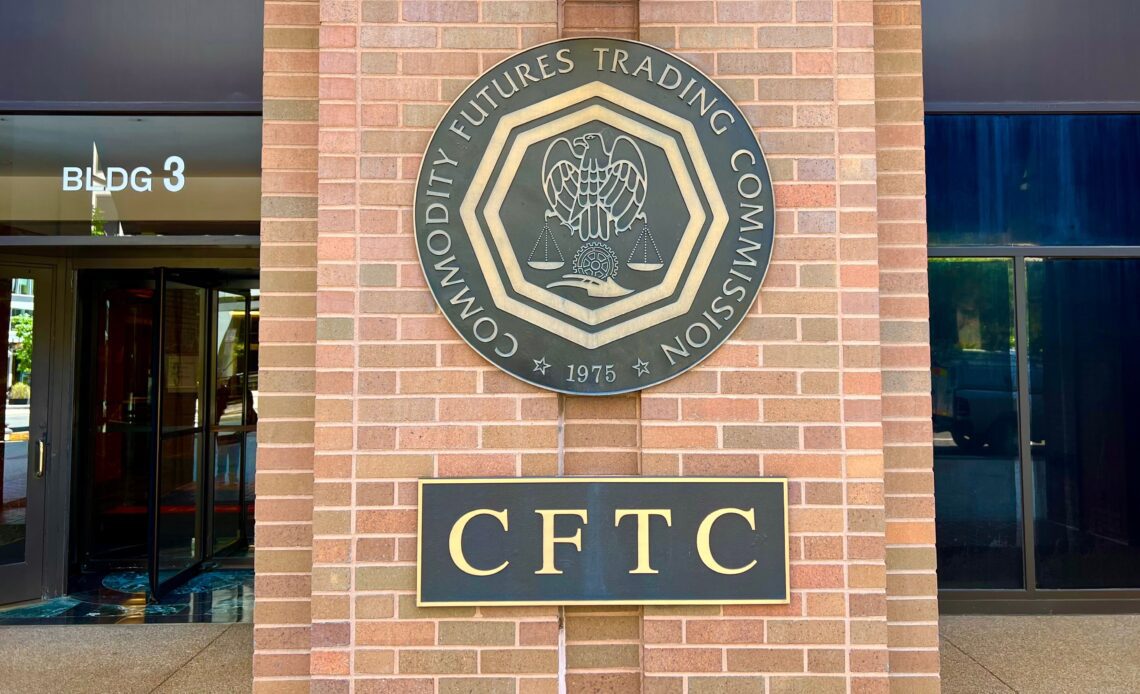The crypto market participants increasingly find themselves in the cross hairs of elected officials and regulators who are concerned that investors do not understand the assets they are investing in.
Regulators and market participants can address these risks and help restore confidence in crypto assets by coming together to create a standardized disclosure framework that better inform crypto investors about opportunities and risks.
This op-ed is part of CoinDesk’s State of Crypto Week, sponsored by Chainalysis. Rob Krugman is the chief digital officer at Broadridge.
Experienced crypto traders rely on a series of dedicated metrics to assess the viability and attractiveness of crypto assets. For example, “network performance” measures how the platform supporting an individual crypto asset works and how fast the platform processes transactions. “Tokenomics” measures things like the initial supply of a cryptocurrency, details on how that supply can change, and other variables that help determine a token’s value.
Without looking at these and other factors unique to crypto, it’s difficult or even impossible to understand and place a valuation on a crypto asset.
However, a new survey from Broadridge surveyed 2,000 crypto market participants in the United States, U.K. and Canada and found the majority use conventional financial metrics when determining what to invest in. This means trying to apply things like cash flows to assess a cryptocurrency.
Nearly half of respondents said they look at the holdings of a crypto project’s management team — like the breakdown of how many tokens go to a project’s founding team versus its treasury — when making financial decisions. But still, only about 28% of investors consider network performance and only 16% look at tokenomics.
The findings suggest that many investors don’t fully appreciate the importance of crypto-native factors critical to understanding crypto assets. The results also point to the more troubling possibility that some current investors may be making decisions based on an incomplete assessment of the risk-return profiles of particular crypto assets.
The industry can start by translating existing disclosure requirements into crypto-appropriate versions
These conclusions make it more apparent than ever that crypto markets…
Click Here to Read the Full Original Article at Cryptocurrencies Feed…
























